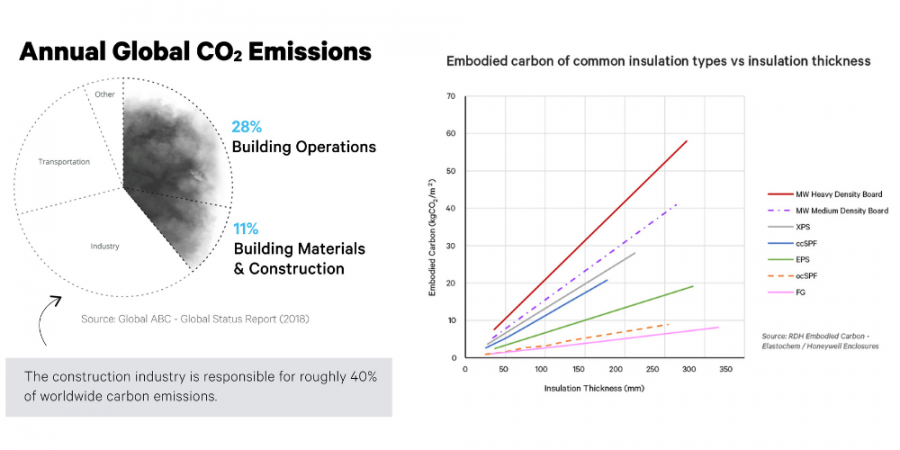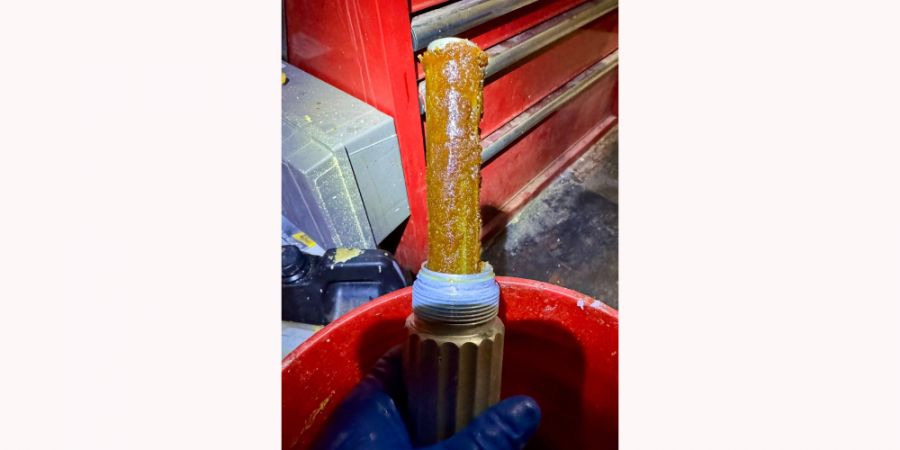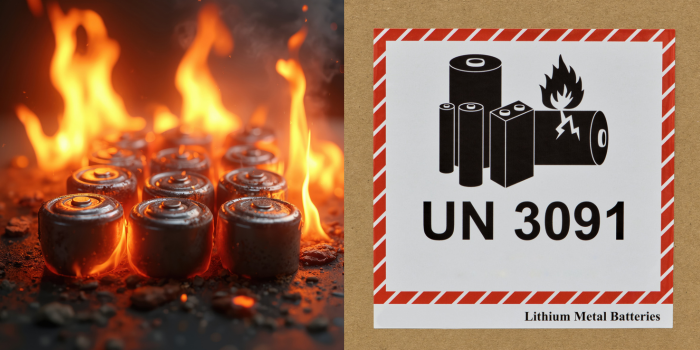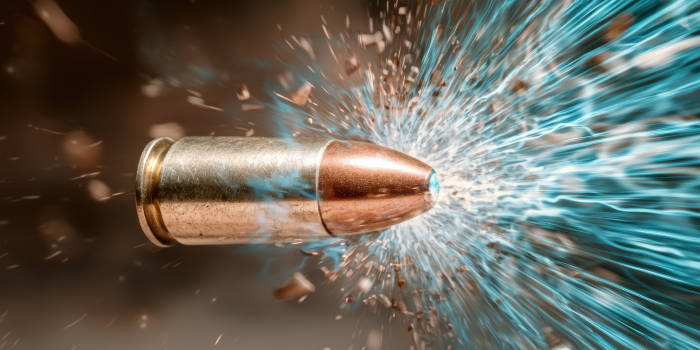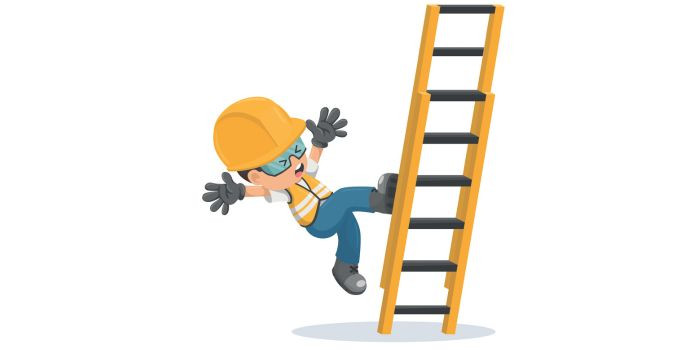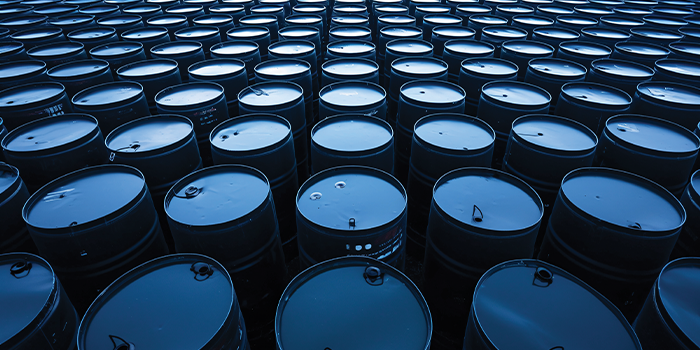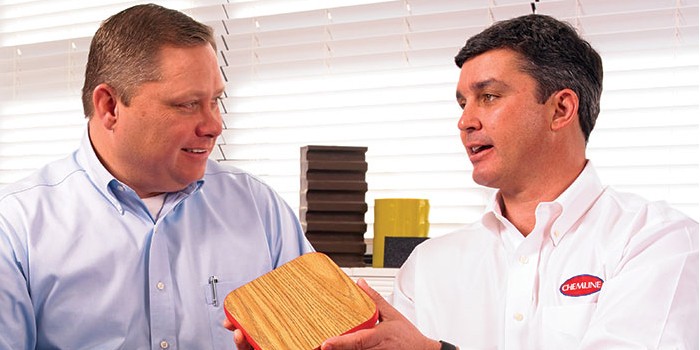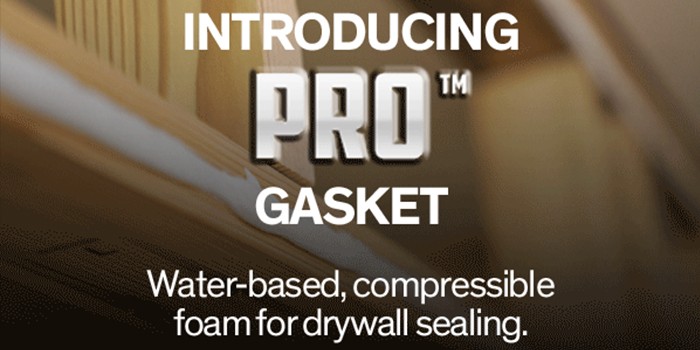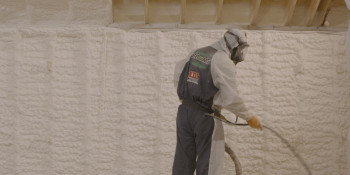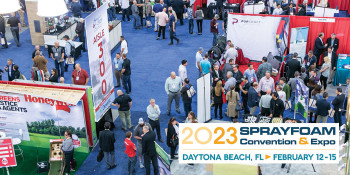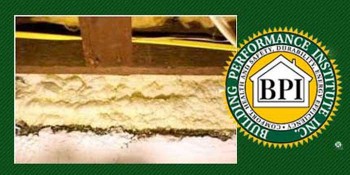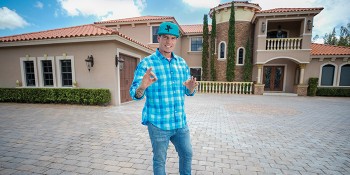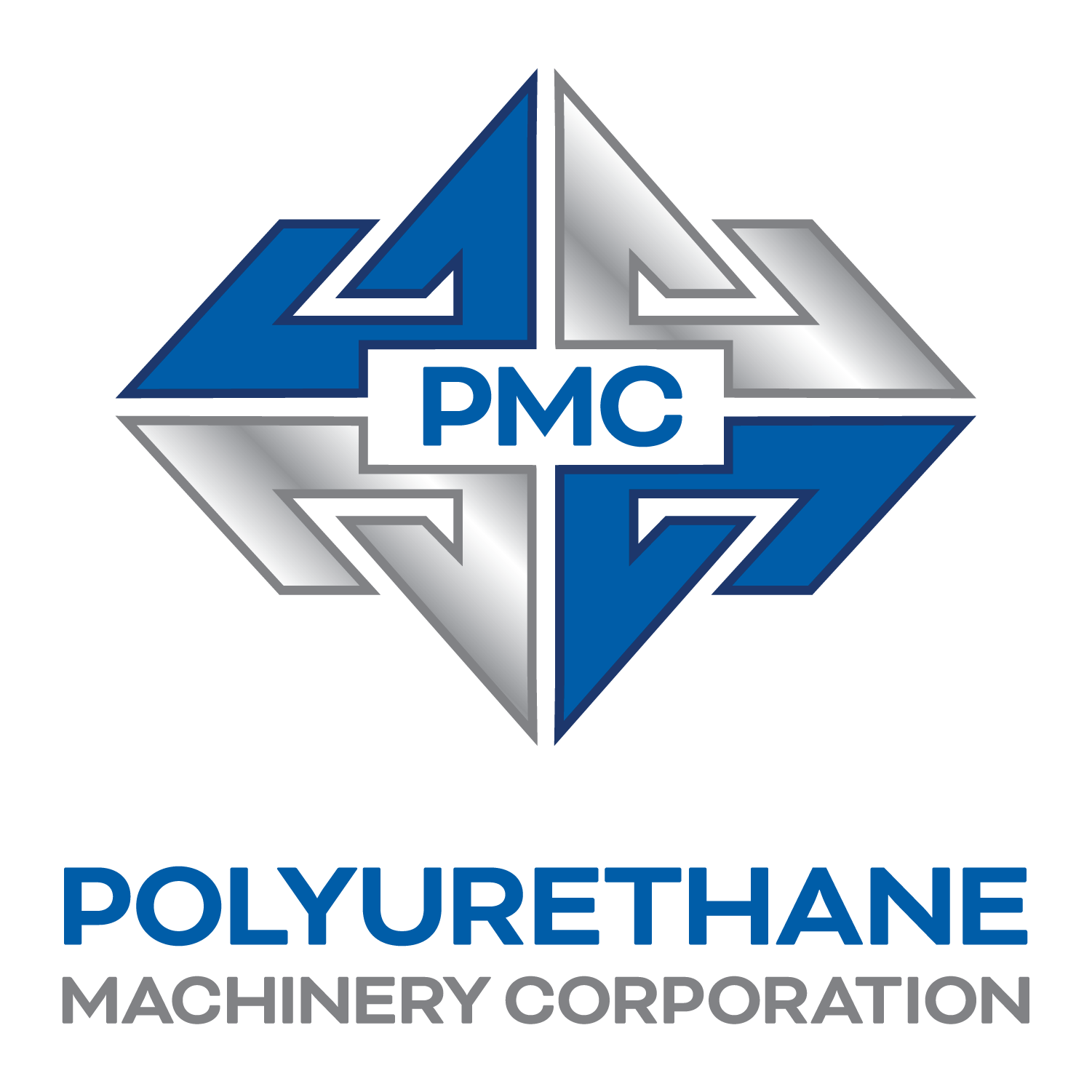The Calm Inside the Dome
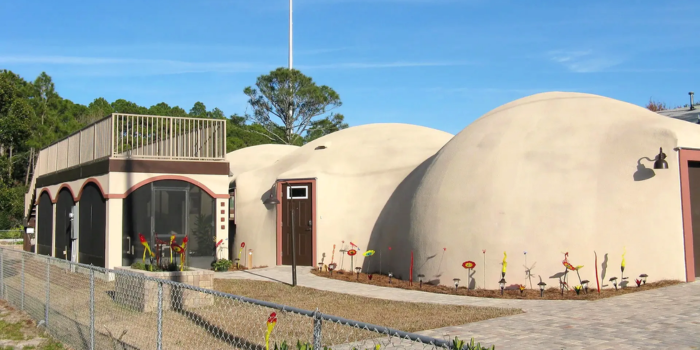

Spray Foam Magazine – Summer 2025 – In 2024, Florida experienced several devastating hurricanes, testing the limits of structures designed to endure extreme weather. These events highlighted the need for buildings that are resilient and adaptable to climate changes. Could dome buildings be the answer to safeguarding their occupants?
With their arched, spherical shape helping distribute stress evenly across the structure, it makes dome homes highly resistant to strong winds, hurricanes, and other natural disasters. By redirecting wind forces around them instead of against flat surfaces, domes achieve greater structural stability compared to traditional rectangular buildings, which often have weak corners. Additionally, the slope of a roof can significantly affect its wind resistance, with low-sloped roofs being especially vulnerable to uplift forces.
Hurricanes Helene and Milton recently wreaked havoc, killing hundreds, and causing billions in damages. Helene triggered flash floods, landslides, and the collapse of buildings and infrastructure, leaving at least 780,000 people without power. Soon after, Hurricane Milton compounded the destruction with flash floods, storm surges, and tornadoes.
The frequency and intensity of hurricanes in the U.S. are increasing, with more than $1.3 trillion in damage recorded since 1980. Buildings are often ripped from their foundations and roofs torn off. Many scientists claim climate change is causing hurricanes to become stronger and more frequent, necessitating stricter building codes and the creation of storm-resilient structures. Building codes are primarily established by states and dictate minimum standards for construction, incorporating responses to extreme weather events. Florida has some of the strictest codes in the U.S., due to its frequent hurricanes.
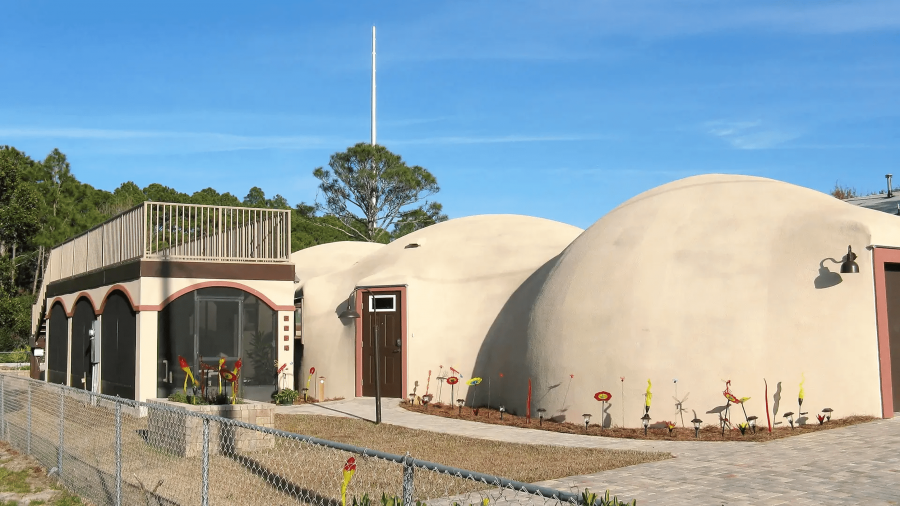
What makes dome home designs potentially more resilient? One notable example is a home in Mexico Beach, Florida, known as “Golden Eye,” designed to resemble a caterpillar dome. Built in 2015 by Monolithic Domes, this energy-efficient structure features three bedrooms, three bathrooms, lofty ceilings, and hurricane-resistant windows and doors. When hurricanes Helene and Milton hit the area with winds up to 160 mph, the “Golden Eye” remained unscathed. Its circular shape provided aerodynamics, allowing it to redirect wind forces and effectively absorb and distribute pressure.
Dome homes have a record of surviving severe hurricanes. The Tinsley dome home in Cudjoe Key Bay weathered both Hurricane Irma in 2017 and Hurricane Ian in 2022. Elevated on stilts, this two-dome structure is anchored by a central section with 13-foot columns embedded in a concrete slab for stability. Following Hurricane Ian, the neighboring homes suffered significant water damage, but the Tinsley dome remained intact.
Traditional square-shaped houses and flat-roofed homes can obstruct wind flow, while dome-shaped homes experience less wind pressure. Many dome structures are constructed with durable materials like steel, aluminum, and concrete, enhancing their resistance to wildfires and storms.
These monolithic dome homes often start with a circular ring beam, followed by an inflated air-form membrane that forms the structure. Insulation, typically closed-cell foam known for its water resistance and strength, is applied interiorly, followed by steel reinforcement and multiple layers of shotcrete for added durability.
While fully hurricane-resistant homes are not yet common, dome homes present a smart design choice. Structures built near water are more prone to flooding and must be elevated to mitigate this risk. The effectiveness of any home hinges on both its design and the quality of its materials.
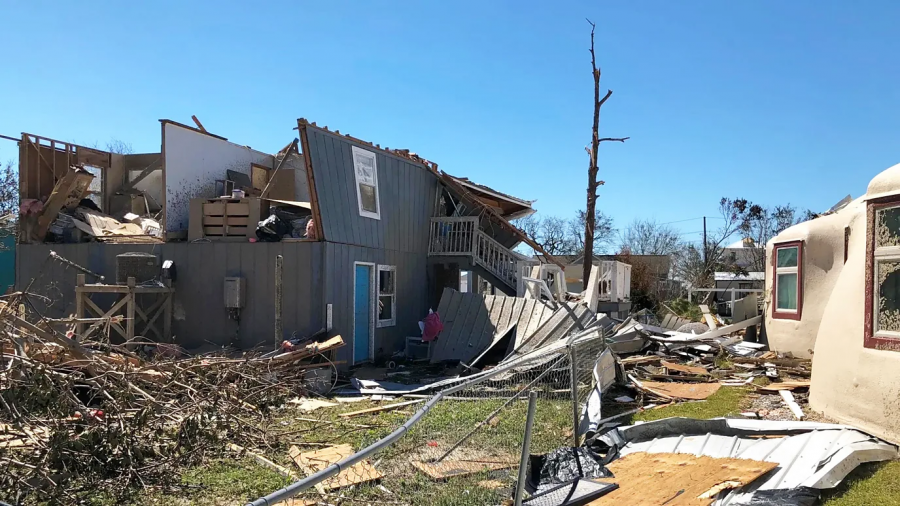
When hurricanes with winds reaching 160 mph struck, Margaret Clayton’s dome home stood firm, while the neighboring house was heavily damaged.
For example, poorly constructed dome homes can still suffer damage, while traditional homes can achieve wind resistance through thoughtful adaptations. The envelope of the home must maintain structural integrity any gaps can allow wind to enter, creating pressure that can compromise the roof. Properly transferring weight into the foundation and ensuring strong connections throughout the structure can mitigate weaknesses.
So, why aren't more monolithic dome homes being built? One challenge lies in financing, as banks may be hesitant to provide mortgages for these unique structures. Additionally, the initial construction costs can deter builders and homeowners.
However, the long-term benefits such as operational costs, durability, low maintenance, and energy efficiency from advanced materials like closed-cell SPF make the investment in a dome home appealing. While the technology to create sustainable, weather-resistant homes exists, the challenge lies in implementation and affordability.
Published by Spray Foam Magazine
SprayFoam / Spray Foam Insulation
Disqus website name not provided.



